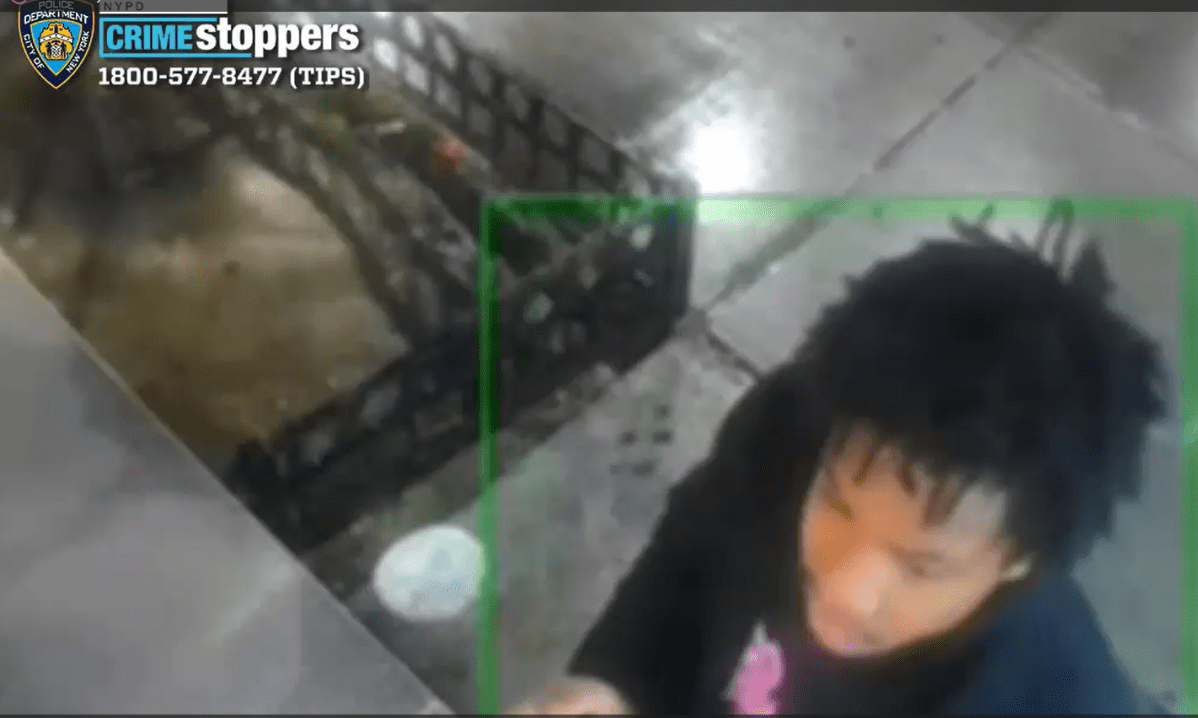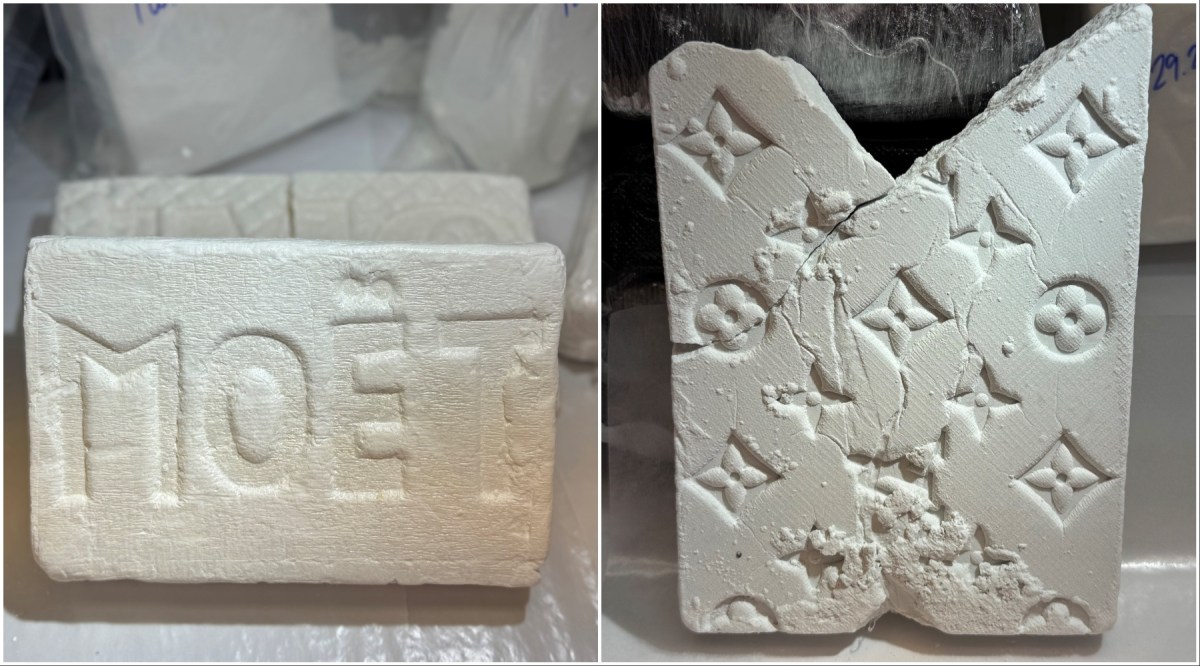Excess cash in the financial system has pressured overnight interest rates, in some instances pushing them negative, which, analysts said, could prompt the Federal Reserve to lift the short-term rates it manages.
The overnight repurchase rate, which measures the cost of borrowing short-term cash using Treasuries or other debt securities as collateral, dropped to as low as -0.06% in late March and hit that level again on Wednesday, before stabilizing at around 0.01% on Friday.
The U.S. secured overnight financing rate (SOFR), a short-term reference rate replacing the benchmark London interbank offered rates (LIBOR), has been pinned to 0.01% since about March.
Analysts said the Fed wants to avoid SOFR going negative as it comes with significant operational issues with respect to its components.
As short-term rates continued to approach negative levels, expectations are growing that the Fed may soon lift the rate it charges for the loans to nonbanks at its reverse repo window, currently at 0%, as well as the interest it pays banks for excess reserves (IOER), which is 0.10%.
Lorie Logan, executive vice president at the New York Fed and the manager of the System Open Market Account (SOMA), said on Thursday the Fed is ready to adjust rates it sets if needed, echoing comments she made last week.
WHAT IS THE FED’S REVERSE REPO WINDOW?
The Fed launched its reverse repo program (RRP) in 2013 to soak up extra cash in the repo market and create a strict floor under market rates, particularly its policy rate. Eligible counterparties lend cash to the Fed in return for Treasury collateral on an overnight basis.
In the March meeting, the Fed raised the amount counterparties can lend to $80 billion, from $30 billion
So far this week, the Fed has mopped up about $148 billion in excess liquidity through the RRP window.
HOW IS THE REVERSE REPO DIFFERENT FROM A TYPICAL REPO TRANSACTION?
In a repo trade, a borrower offers or sells U.S. Treasuries and other high-quality securities as collateral to raise cash, often overnight, to finance their trading and lending activities. The next day, they repay their loans plus what is typically a nominal rate of interest and get their bonds back. In other words, they repurchase, or repo, the bonds.
Because overnight repo rates have gone negative a few times in February and March, investors have often gone to the Fed’s RRP window where the rate is pegged at 0%.
Lenders in the repo market typically include money market funds, insurance companies, corporations, municipalities, central banks and commercial banks that have excess cash to invest. On the other hand, dealers and depository institutions borrow cash against long positions in securities to finance their inventory and balance sheet position.
THE FED FUNDS RATE AND INTEREST ON RESERVES
The fed funds rate is the rate banks charge each other for overnight loans to meet reserves required by the U.S. central bank. The Federal Open Market Committee (FOMC) sets a target level for the fed funds rate, currently in a range of 0%-0.25%. The fed funds rate is currently at 0.07%.
The fed funds rate is an important factor that determines other interest rates such as those on credit cards, mortgages, and bank loans.
The fed funds market has in general facilitated the transfer of the most liquid funds among banks. The New York Fed then uses open market operations to adjust the supply of reserves in the system which, together with the IOER, influence overnight fed funds to trade within the target range.
Interest on reserves (IOR) is the rate paid by Federal Reserve banks on reserve balances held by depository institutions at their local Fed banks. A component of IOR is the interest on required reserves, currently at 0.10%.
The New York Fed on its website said paying interest on required reserves removes the opportunity cost that banks incur by not investing those reserves in interest-bearing assets.
WHAT IS THE IOER?
The other component of IOR is the interest on excess reserves or IOER, which is the interest paid on those balances that are above the level of reserves banks are required to hold. Paying the 0.10% IOER reduces the incentive for banks to lend at rates much below that rate and provides the Fed additional control over the fed funds rate.
Historically, the Fed tends to adjust the IOER when the fed funds rate comes within 5 basis points of the upper or lower bound of the target range.
When the Fed cut its policy rate in March 2020 to zero in the midst of the pandemic, it slashed all the rates it administers to zero as well.
WHY IS THERE SO MUCH EXCESS CASH?
The excess cash was due in part to massive asset purchases from the Fed and support from the U.S. Treasury to deal with the coronavirus pandemic.
The U.S. Treasury is also moving away from issuing short-term bills and toward longer maturities to finance the fiscal stimulus, pressuring yields on the front-end and repo rates.
The drawdown from the Fed by the Treasury has been significant the last few months. At the beginning of February, Treasury balances were about $1.7 trillion. That has since declined to $1 trillion, analysts said, which means $700 billion of additional cash in the financial system and more bank reserves that need to go somewhere.





































